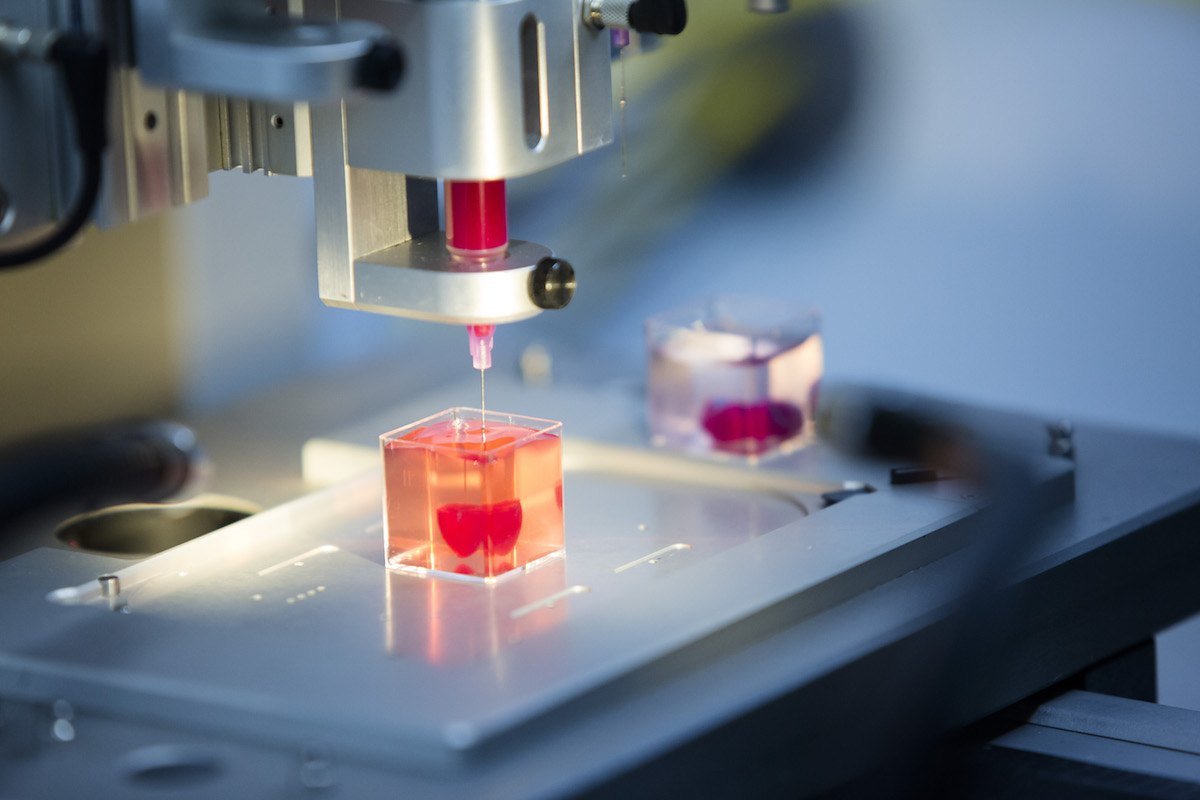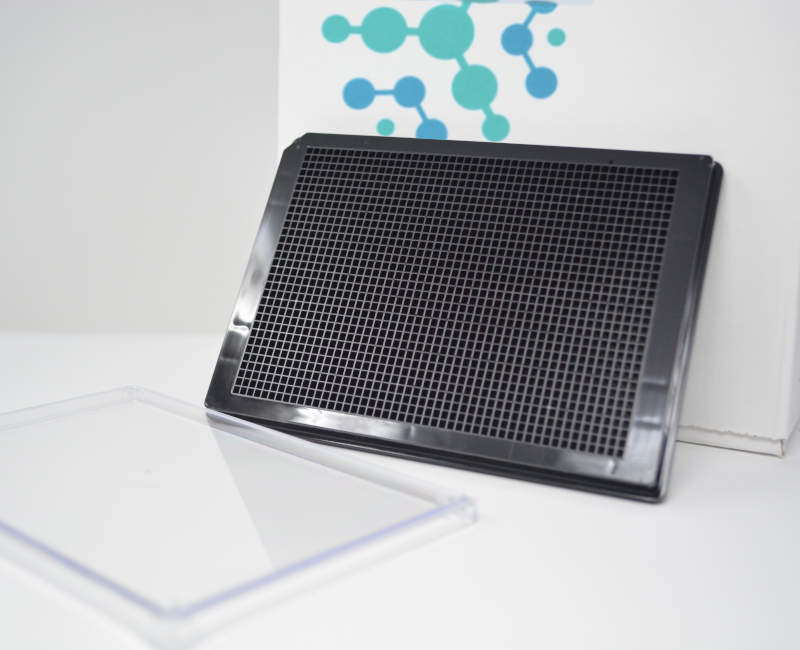
3D BIOPRINTING – A NEW ERA OF CELL CULTURES
Progress in 3D cell culture technology has created the possibility of tissue engineering development and enhanced progression in regenerative medicine. At first, tissue-engineered cartilage was developed in the nineties followed by the development of 3D printing in 2013, the ear was printed using a hydrogel to form ear-shaped scaffolds and cells that form cartilage. (1).
The 3D bioprinting technology is not new but was one of the most intriguing innovations. The first description of 3D printing was made by Charles W. Hull; he named his method as ´sterolitography´ (2). The formation of 3D scaffolds for biological material was the first step in development, followed by evaluation of the technique that allowed printing of live cell in layers-by-layers fashion into special 3D scaffolds. (3)
The 3D printing technology depends on various elements such as micro extrusion, inkjet and laser-assisted printing. The function of micro extrusion printers is to control extrusion of small beads of material, which is deposited onto substrate. Yet another important factor in organ or tissue printing process is laser-assisted bioprinting (LAB), a device that consists of a pulsed laser beam, a focusing system, a ribbon that provides transport of material and substrate for cell-containing material. The materials used in regenerative medicine and 3D bioprinting are based on natural or synthetic polymers. (3).
The successful bioprinting process depends on cell selection for tissue or organ printing. The cells chosen must be robust enough to survive the printing process. This evolving 3D printing would not only solve the problem of organ transplant but will also give possibilities to use as a construct for drug discovery, chemical, biological, or toxicological analysis. (4).
3D CELL CULTURES: OPPORTUNITIES & OBSTACLES
The 3D culture technique is based on idea to mimic, has been widely used and has many advantages: ensuring more accurate tissue specific architecture, more accurate for drug and cancer biology experiment, (5) more representative in vitro models that exhibits biochemical and morphological features specific for the in vivo states, development of different types of 3D cell culture systems- 3D spheroids grown on matrix, grown within matrix, grown in suspension or scaffold free 3D cultures.(6)
But this relatively new and innovative technique has some limitations to mention a few of them: detachment of cells is difficult, some systems fail to mimic biochemical characteristics of tissue in vivo, reproducibility between different batches is unsatisfactory, often unwanted contamination from growth factors or viruses.
FUTURE OF CELL CULTURES
Cell technology has enlarged applications: animal cell technologies for gene therapy, vaccine technology and recombinant protein production whereas human cell cultures can be used for personal therapies- tissue engineering, transplantation of organs. (7). Since the HeLa cell lines have been established, immoral cancer cell lines are intensively studied as a biological model to investigate cancer biology and used for development of anti-cancer drugs or alternative forms of therapy.
Studies with cancer cell lines gives an opportunity to understand tumor biology and allow high-throughput screening. Future medicine will be able to widely use stem cells for damage tissue replacements. (7) it is also possible to use skin bioprinters as a tool for surgical reconstruction and a preferred form of therapy to heal wound and burn treatments. (8)
REFERENCES:
- Ledford H. Printed body parts come alive. Nature. 2015; 520: 273. doi:10.1038/520273a
- Mironov V, Boland T, Trusk T, Forgacs, Markwald RR. Organ printing: computer‐aided jet‐based 3D tissue engineering. Trends in Biotechnology. 2002; 21: 157–161. doi:10.1016/S0167‐7799(03)00033‐7
- SV, Atala A. 3D bioprinting of tissue and organs. Nature Biotechnology. 2014; 32: 773–785
- Knowlton S, Onal S, Yu CH, Zhao JJ, Tasoglu S. Bioprinting for cancer research. Trends in Biotechnology. 2015; 33: 504–513. doi:10.1016/j.tibtech.2015.06.007.
- Souza AG, Ferreira ICC, Marangoni K, Bastos VAF, Goulart VA. Advances in cell culture: more than a century after cultivating cells. Journal of Biotechnology & Biomaterials. 2016; 6: 1–4. doi:10.4172/2155‐952X.1000221
- Rimann M, Graf‐Hausner U. Synthetic 3D multicellular systems for drug development. Current Opinion in Biotechnology. 2012; 23: 803–809. doi:10.1016/j.copbio.2012.01.011
- Merten OW. Introduction to animal cell culture technology—past, present and future. Cytotechnology. 2006; 50: 1–7. doi:10.1007/s10616‐006‐9009‐4
- Albanna M, Murphy S, Zhao W, El‐Amin I, Tan J, Dice D, Kang HW, Jackson J, Atala A, Yoo J. In situ bioprinting of skin for reconstruction. The Journal of Urology. 2012; 187; Suppl. E8. doi:10.1016/j.juro.2012.02.062


